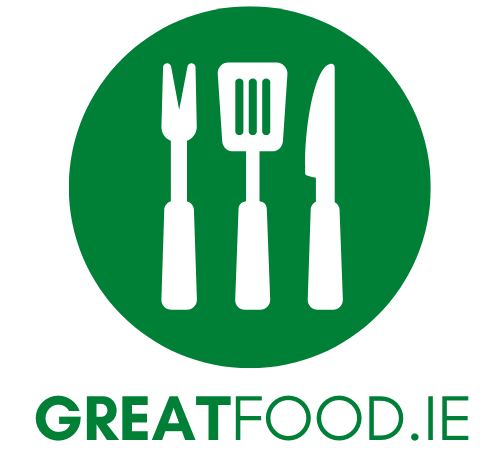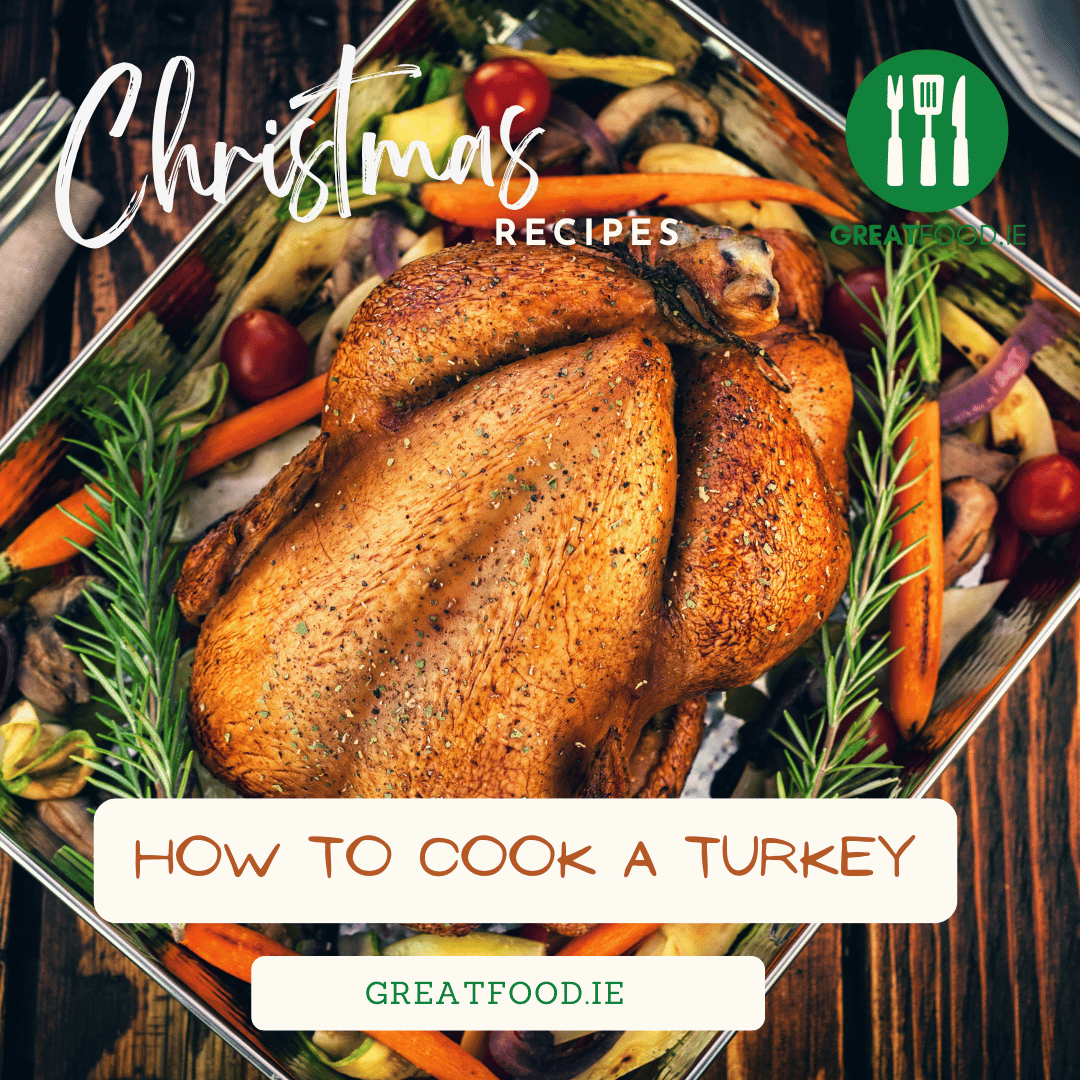Potato cakes can be an excellent choice for an easy way to finish off leftover mashed potatoes.
Every time I make mashed potatoes, I prepare more than enough since I’m a fan of potato cakes. Yet, a word of caution: if your mashed potatoes are especially ‘watery’ after adding extra milk and butter, it will be virtually impossible to form any potato cakes without including various amounts of flour. More flour detracts from their distinct taste.
The shop-bought mashed potatoes don’t work too well for this recipe. They are saturated with extra milk and butter. Plus, American potatoes usually contain more moisture than Irish kind. In Ireland, we enjoy starchy and ‘floury’ potatoes. We often refer to them as floury balls.
In short, make sure to make your mashed potatoes well-spent if you want to make classic Irish potato cakes.
What is A Potatoe Cake?
These savoury fried potato pancakes go by many different names.
Back in Scotland, they are called tattie scones, potato scones in the Isle of Man, and fadge in Northern Ireland; those fried potato patties are a delicious side dish.
A Boxty is an Irish potato pancake that combines grated raw potatoes and mashed potatoes. You can see our Boxty recipe here.
Where Does The Potato Cake Originate?
The traditional Irish Potato Cake, or Boxty, a recipe made famous during the Great Hunger in Ireland, is this culinary delight that can be upgraded or served simply in its griddled form.
More often called a Boxty round here, a traditional Irish potato cake is primarily associated with the northern regions of Connacht and Ulster in Ireland. Citizens from Mayo, Sligo, Donegal, Fermanagh, Longford, Leitrim and Cavan greatly appreciate this delectable and uncomplicated type of potato.
The Boxty, believed to have originated during the Irish Famine to stretch dwindling potato crops further, comes in various recipes; however, all involve finely grated, raw potatoes that are then fried.
Classic pototo Cakes are usually griddled, though variations include boiling them like a dumpling or baking them like a loaf. To meet the demands of people who want
Boxty has become increasingly known in Ireland as more people have become interested in traditional cuisine. In restaurants, you’re likely to see Boxty on the menu now, unlike 10 years ago when it was a lesser-known dish. Boxty is also widely used in Irish home cooking.
How to Eat Potato Cakes?
I suggest consuming potato cakes once they are cooked.
For pre-preparation, make the dough and cut out the potato cakes. Store them in an airtight container in the refrigerator until you’re ready to fry them.
Once cooked, these foods don’t fare well in the freezer and become soggy with a change in texture.
Potato cakes can be stored by freezing them. Put them on a baking pan and freeze each one separately. Once frozen, put them in a bag or container in the freezer for up to 3 months.
For best results, thaw frozen potatoes before frying them. Though they’ll come out tasting alright, they won’t be as good as their unfrozen, fresh counterparts since their texture slightly changes upon freezing.
Let’s examine the steps for making this classic Irish side dish.

Potato Cake Ingredients
Below, here is a short listing of what you’ll need. Look at the printable recipe after the instructions portion, allowing US or Metric measurements to be chosen for exact measures.
- mashed potatoes
- all-purpose flour
- Un salted butter
- onion powder
- teaspoon salt
- large egg
This is a classic Irish mashed potato cake recipe with essential ingredients. This plain potato cake needs no additional ingredients such as onions, garlic or herbs.
You can choose Kosher salt; adding white or ground black pepper gives it extra flavour.
Adding some extras makes it tastier, and the possibilities are endless.
Adding bacon bits and cheese like cheddar or Parmesan makes the dish even more excellent.
Adding fresh thyme and diced fried onions together creates a unique flavour, and combining chopped green onions with cheddar cheese is also quite tasty. You can even try something really daring, like adding curry powder. The possibilities are endless.
If you add a liquid ingredient, like sour cream, use a smaller amount of beaten egg to hold your potato cakes together.
This tutorial provides photos to help explain how to make tasty potato patties step by step.
Here are my detailed instructions, and you’ll find a downloadable recipe at the end of this post. You can choose the printable version with or without pictures based on your preference.
- Place the mashed potatoes in a large bowl. To make it easier to form the dough, take them out of the fridge about 30 minutes before making these cakes, as working with cold potatoes is more difficult.
- Put ¼ cup of the flour aside, then use the remaining flour for kneading the dough.
- Afterwards, add a quarter teaspoon of salt and one teaspoon of onion powder.
According to my Glasgow Granny:
“You were brought up with much more than onion powder.”
I just enjoy the hint of flavour it brings.
You can spice up the cake with pepper if you want – I use white pepper as I don’t like the black flecks that usually come with it. Typically, though, I prefer to keep it without any pepper.
You can season these cakes however you want. I occasionally include curry powder or chives to spice them up. The potential flavours are endless. For now, I am providing my simple recipe, but don’t be afraid to experiment with the tastes.
Then I grab my trusty potato masher and mix the flour with the seasonings to evenly distribute them throughout the mashed potatoes.
For an ounce of melted butter and half a beaten egg, adjust the amount of liquid depending on the initial consistency of your mashed potatoes.
Usually, a Scottish tattie scone recipe does not call for eggs and only uses melted butter to hold all the ingredients together. I prefer adding a bit of egg, as it makes the dough easier to work with.
Use your hand to knead the dough into a ball.
Incorporate extra flour when needed. However, be careful not to add too much, as too much flour will alter the consistency of the dough.
Place the dough onto a surface dusted with flour, then sprinkle the remaining ¼ cup of flour as you knead it.
Gently knead the dough, then press it out into a circle with a thickness of 1/2 inch.
You can use a rolling pin with this dough, but I find it easy to flatten it out with my hands.
Afterwards, I use a scone cutter to shape the patties.
You can also cut the large circle into 8 triangular pieces by cutting it in half, then into fourths, and then splitting each quarter into two.
Although there’s no particular reason, I like these circular patties – most likely because they remind me of my mom’s potato cakes.
Knead the dough leftovers and form them into a flat circle to make more rounds. You can get 8-10 cakes by shaping them at the right thickness.
Then, melt the butter in a large skillet.
I adore the taste that butter adds to these mashed potato cakes. Alternatively, you can also use a combination of half vegetable oil and half butter for frying them.
My go-to pan when baking cakes is my cast iron skillet because I find the cakes brown more evenly.
Place 5 to 6 potato cakes 1 inch apart in the pan.
When frying, don’t cram the pan. Lower the heat to medium-low instead.
Cook them for 8 to 10 minutes on both sides.
For optimum results, it’s better to simmer these over low heat. This way, the flour in the centre will be cooked before the outside crust is burned. If raw flour is tasted, this recipe can be ruined quickly.
Peak under the cake with a spatula to see if it’s ready to flip.
Flip them over once they have a golden brown outer crust, and cook on the other side for 8 to 10 minutes.
Potato cakes make a great lunch dish or side when served hot with chops, salmon, or ham.
The options are limitless. They are commonly eaten for breakfast in Ireland as part of a classic Irish fry, with bacon, sausages, eggs, mushrooms and fried tomatoes.
Ingredients
3 cups mashed potatoes
½ cup all-purpose flour
2 ounces butter, half melted for dough and half for frying potato cakes.
1 teaspoon onion powder
¼ teaspoon salt
½ large egg beaten
Instructions
Add the mashed potatoes to a large mixing bowl.
Add ¼ cup of flour, the onion powder and salt. Mash together.
Add one ounce of melted butter and half of a beaten egg. Mix together to form a dough. Add additional flour as necessary.
Transfer the potato dough onto a floured surface. Knead lightly and flatten into a circle between ½ inch high.
Use a round cookie or scone cutter to cut out potato cakes. Re-knead the dough remnants to cut out more circular potato cakes.
Melt 1 ounce of butter in a large skillet. Add the potato cakes. Fry on medium-low heat for 8 to 10 minutes on each side until golden brown.
Serve immediately as a side dish for grilled fish, pork chops or any main course of choice.
Calories328 Calories from Fat 108
% Daily Value*
Fat12g
18%
50%
Cholesterol54mg
Sodium303mg
13%
Potassium511mg
15%
Carbohydrates49g
16%
2%
Protein6g
12%
Vitamin A388IU
8%
Vitamin C36mg
44%
Calcium19mg
Iron1mg
6%
Nutrition Information is estimated based on each recipe’s ingredients and cooking instructions. It is intended to be used for informational purposes only. Please note that nutrition details may vary based on methods of preparation, origin and freshness of ingredients used.
This small preview of Ireland and Scotland was enjoyable for all.
Slán agus beannacht,
(Goodbye and blessings)
Yum




